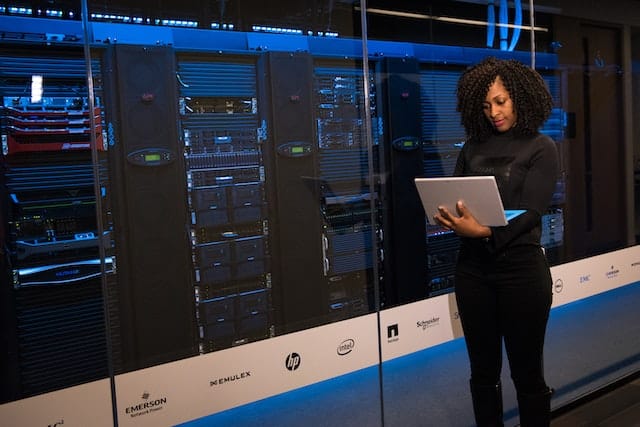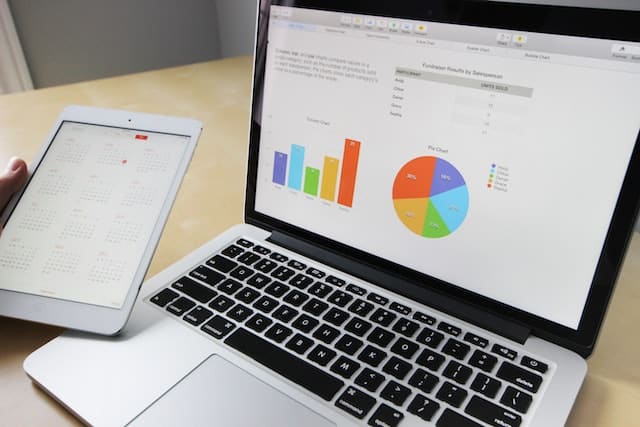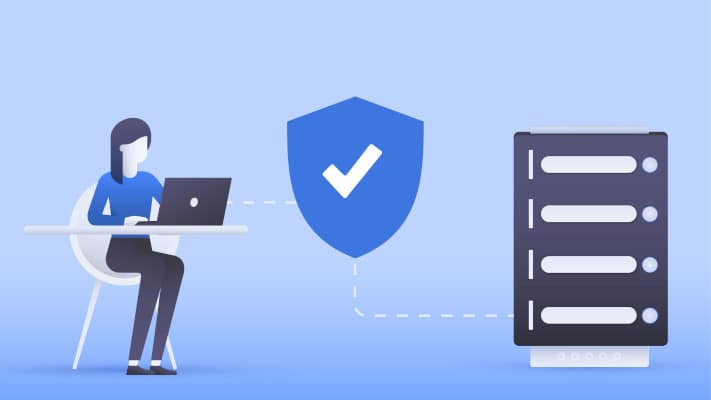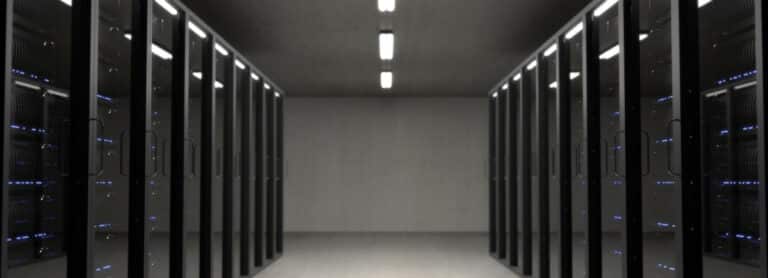The advent of Big Data means exponential growth in the volume of data. And while this information may seem immaterial, it actually takes up a lot of space. To store it, data centers are on the rise. But what exactly are data centers? What is the purpose of a data center? How does it work? How is data protected? We answer all your questions in this article.
What is a data center?
A data center is a place where large volumes of digital data are stored, processed and managed. In concrete terms, this means a building or complex installation housing numerous computers spread over several dozen square meters. The aim of this IT equipment is to ensure data availability and security.
Today, data centers are connected to a multitude of data centers. These may be at the edge of the network, in public clouds or private clouds.
Whatever they are, they need to be able to communicate locally, in the cloud and across the entire network.

How does a data center work?
To store massive volumes of data, data centers are made up of a series of IT components, each with a specific role to play:
- Power supply: this needs to be powerful, since it must be able to power thousands of servers. As such, data centers use several power supply systems and subsystems, such as UPS (uninterruptible power supply).
Storage systems or hard disks: this is one of the essential components for storing millions of items of information. - Computer servers: these are the computers that process the stored data and run the data center’s applications. Today, servers are no longer just physical, but also virtual.
- Network switches and routers: these connect all the elements of the data center to the network via a very high-speed fiber optic connection.
- Air conditioning: essential for cooling the various components and preventing overheating.
- Firewalls: to protect the data center against possible intrusions.
- Monitoring system: to check energy consumption, risk of breakdown and overall equipment performance. This enables the data center to operate safely and without interruption.
- Application distribution controllers: ensure that the load is sufficiently balanced. If this is not the case, automatic failover is provided to guarantee application performance and availability.
What is the role of a data center?
Whether private companies, public institutions, universities or IT service providers, almost all organizations use data centers. And with good reason: they enable organizations to store their digital data and IT systems, benefit from cloud computing services, host websites, databases, applications and more.
In so doing, organizations can share files with their staff, customers or partners, send emails, manage customer relations using a CRM tool, take advantage of Machine Learning technology, and so on.
In other words, data centers have become part of everyday life for all organizations that use IT services.

What does the future hold for data centers?
While data centers are indispensable today, they also face a number of challenges.
Energy consumption issues
To power its computer servers and cooling systems, a data center consumes an enormous amount of electricity.
Far too much. In fact, according to the International Energy Agency, data center electricity consumption represents an average of 2% of national consumption.
And with demand for data processing and storage continuing to grow, this level of consumption is likely to continue to rise.
Against a backdrop of global warming, it is vital to improve the energy efficiency of data centers.
To this end, a number of avenues are being explored, such as the use of artificial intelligence to optimize energy consumption, resource optimization, increasing the share of renewable energies, recycling electronic waste, using innovative cooling materials, recovering components during their life cycle, etc.
The idea is to adopt eco-responsible practices on the part of both data centers and user organizations.
Data protection
As one of the central objectives of a data center is to ensure the secure and reliable storage, processing and management of computer data, it is imperative that protection systems are in place. The aim is to prevent loss, leakage or unauthorized access. To achieve this, a number of measures can be implemented:
- Data backup and restoration: data in the data center is regularly backed up on hard disks or network storage systems. This enables data to be restored in the event of loss or corruption.
- Data encryption: to prevent unauthorized access. Even if the data is intercepted or stolen.
- Access control: access to the data center is generally restricted to a limited number of authorized persons. Various identity verification methods are used, such as passwords or authentication tokens.
- Firewalls: firewalls and intrusion detection systems protect the data center against computer attacks.
- Change management: this involves setting up processes to document all changes made to the data center.
- Physical security of the facility: in addition to cyber risks, data security can also be compromised by overheating, breakdowns or natural disasters. For this reason, data centers are generally air-conditioned and equipped with advanced protection systems to limit breakdowns and cope with the vagaries of the weather.

What should we remember?
Sending e-mails, sharing folders, tracking customer files… Data centers are now indispensable to the activities of every organization.
And with good reason: they enable thousands of data items to be stored, processed and managed. But beyond their usefulness, data centers also face a number of challenges. Not least in terms of data protection and energy consumption.
Now that you know all about data centers, learn how to use them in your data projects. Discover the Data Science training courses offered by DataScientest.










